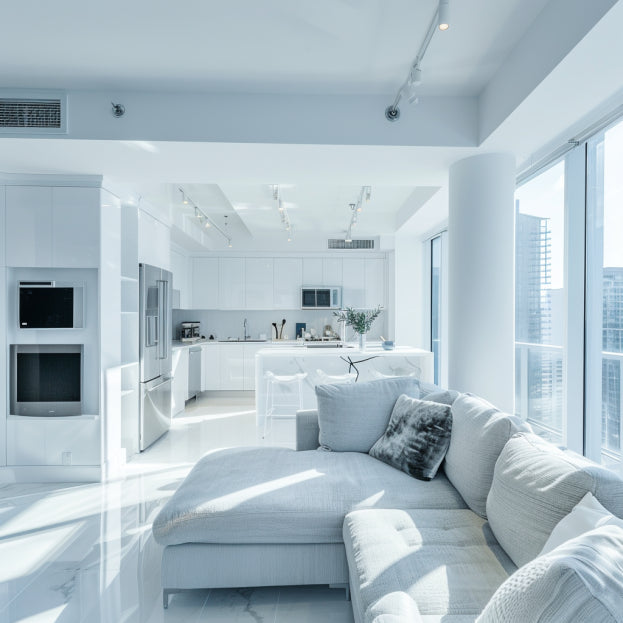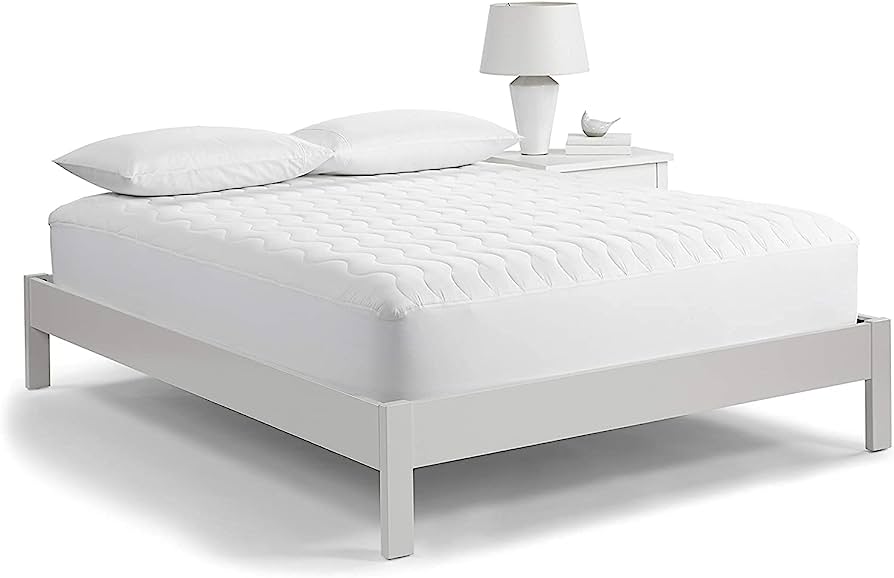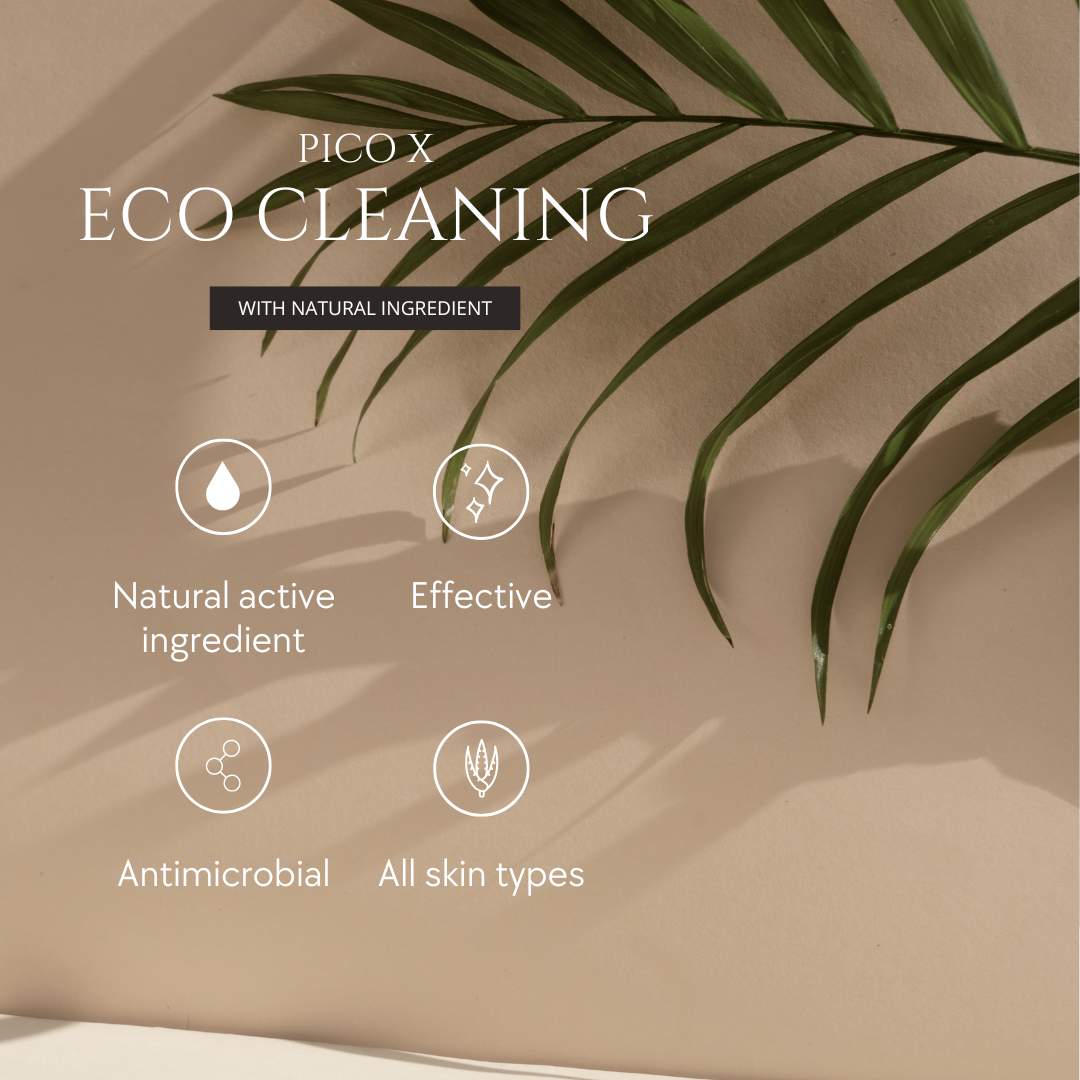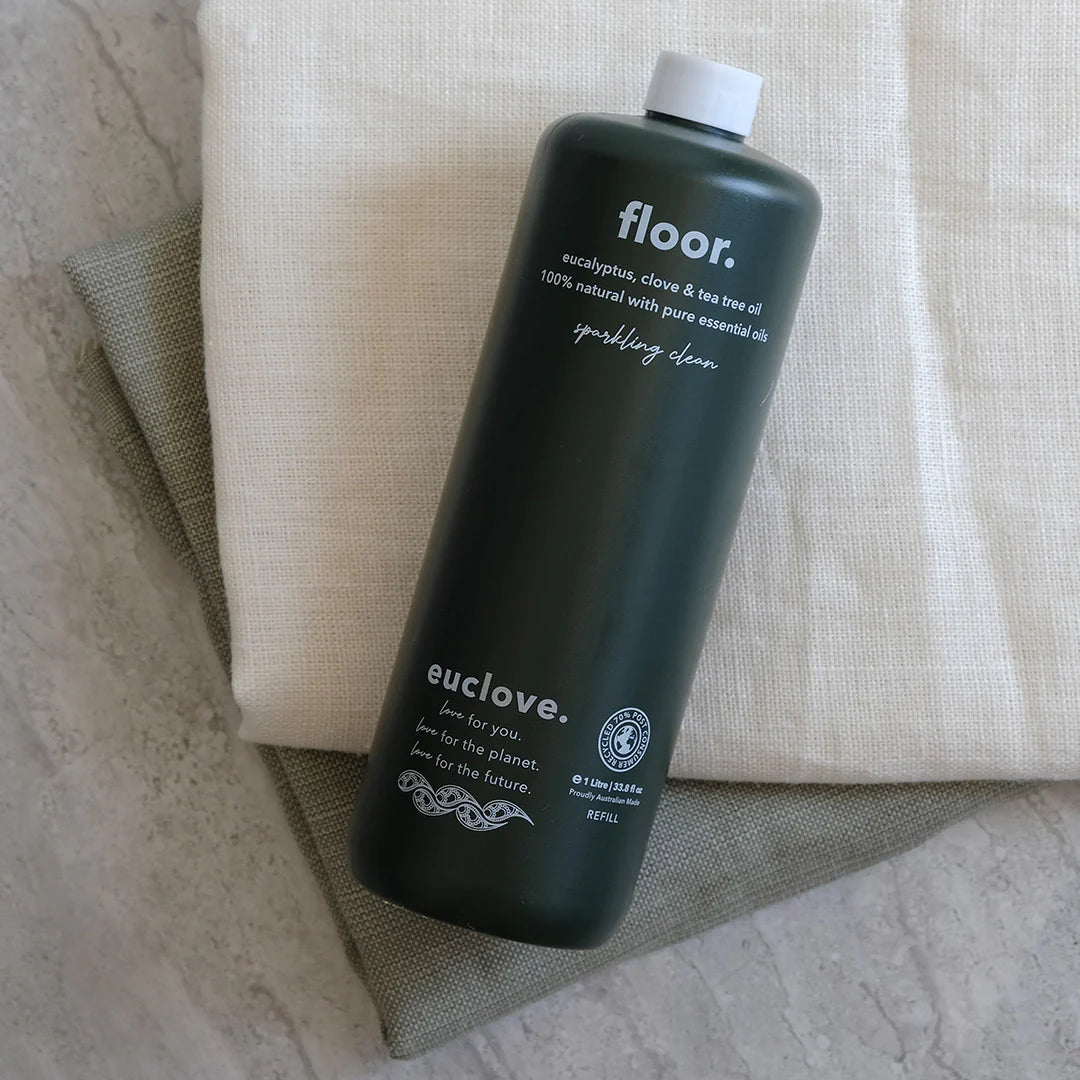-

Adoption of Antimicrobial Coating In The Hospitality Industry
-

Antimicrobial Coated Mattress For A Safe Night's Sleep
-

A safe way to improving indoor air quality and prevent mould at home.
-

Antimicrobial Coatings on Mattresses
-

Antimicrobial Coatings: A Revolution in Home and Commercial Space Hygiene
Mould in HDB Flats?
- 11 min reading time
How to Deal With Mould in HDB Flats
Mould is not uncommon in HDB flats. The humid climate in Singapore provides the perfect breeding ground for mould growth. If left untreated, mould can cause various health issues and even damage the structure of your home. In this article, we will discuss how to understand, identify, prevent, and remove mould in HDB flats.
Understanding Mould in HDB Flats
Mould is a type of fungi that thrives in moist and humid environments. It appears as a fuzzy growth on various surfaces, including walls, ceilings, and furniture. Mould spreads through tiny spores that float in the air and can easily enter your home.
What is Mould?
Mould, also known as mold, is a common problem faced by many homeowners, including those living in HDB flats. It is a type of fungi that belongs to the kingdom Fungi. While there are thousands of species of mould, the most commonly found in homes are Aspergillus, Penicillium, and Cladosporium.
These microscopic fungi thrive in environments with high moisture levels, making HDB flats susceptible to mould growth. The warm and humid climate in Singapore provides an ideal breeding ground for mould to flourish.
When mould spores land on surfaces, they can start growing and spreading rapidly if the conditions are favorable. The fuzzy appearance of mould is due to the branching filaments called hyphae, which penetrate the material it is growing on, such as walls, ceilings, or furniture.
Not only is mould unsightly, but it can also cause various health issues. Exposure to mould spores can trigger allergic reactions, respiratory problems, and even worsen existing conditions like asthma or allergies.

Why Mould Grows in HDB Flats
There are several factors that contribute to mould growth in HDB flats. Understanding these factors can help homeowners take preventive measures to reduce the risk of mould infestation.
One of the primary reasons for mould growth in HDB flats is the high humidity levels. Singapore's tropical climate means that the air is often saturated with moisture, especially during the rainy season. This excess moisture can seep into the walls, ceilings, and other surfaces, providing an ideal environment for mould to thrive.
Poor ventilation is another factor that contributes to mould growth. HDB flats are designed to be airtight for energy efficiency, but this can also trap moisture indoors. Without proper ventilation, the moisture cannot escape, leading to increased humidity levels and creating a conducive environment for mould.
Inadequate sunlight is also a common issue in HDB flats. Buildings and neighboring structures can block natural sunlight from entering certain areas, preventing the drying out of damp surfaces. Sunlight has natural anti-microbial properties that can help inhibit mould growth, so the lack of sunlight can contribute to the problem.
Water leaks and condensation are additional factors that promote mould growth. HDB flats may experience plumbing issues or roof leaks, resulting in water seepage and dampness. When water accumulates in hidden areas or remains stagnant, it provides the perfect breeding ground for mould.
Furthermore, inadequate insulation in HDB flats can contribute to mould growth. Poor insulation can lead to temperature differences between indoor and outdoor environments, causing condensation to form on surfaces. This moisture can then encourage mould growth.
To prevent mould growth in HDB flats, it is crucial to address these contributing factors. Measures such as improving ventilation, reducing moisture levels, fixing leaks promptly, and ensuring proper insulation can help create an environment less conducive to mould infestation.
In conclusion, mould is a common problem faced by homeowners in HDB flats due to the high humidity levels, poor ventilation, lack of sunlight, water leaks, condensation, and inadequate insulation. Understanding the causes and taking preventive measures can help homeowners maintain a mould-free living environment.
The Dangers of Mould in Your Home
Mould is a common problem that many homeowners face, and it can have detrimental effects on both your health and the structural integrity of your HDB flat. Understanding the risks associated with mould is crucial in order to take the necessary steps to prevent its growth and mitigate its impact.
Health Risks Associated with Mould
Mould can pose significant health risks, particularly for individuals with respiratory conditions such as asthma or allergies. When mould spores are inhaled, they can irritate the airways, leading to symptoms such as coughing, wheezing, and difficulty in breathing. For those who are already prone to respiratory issues, exposure to mould can exacerbate their symptoms and make it harder for them to manage their condition.
Furthermore, mould exposure can also trigger allergic reactions in some individuals. This can manifest as skin rashes, itching, and eye irritation. These allergic reactions can be particularly distressing and uncomfortable, impacting the overall well-being and quality of life of those affected.
It is important to note that the severity of these health risks can vary depending on the individual's sensitivity to mould and the extent of the mould infestation. However, even for individuals without pre-existing respiratory conditions or allergies, prolonged exposure to mould can still have negative effects on their health.
Structural Damage Caused by Mould
In addition to the health risks, mould can also cause significant structural damage to your HDB flat. When mould grows on surfaces such as walls, ceilings, and wooden materials, it gradually deteriorates these materials over time. This deterioration weakens the structural integrity of your home, potentially leading to more serious issues in the long run.
When left untreated, mould can penetrate deep into the affected materials, compromising their strength and stability. This can result in warped walls, sagging ceilings, and weakened wooden structures. Not only does this compromise the overall aesthetics of your home, but it also poses safety risks for you and your family.
Furthermore, the cost of repairing the structural damage caused by mould can be significant. Depending on the extent of the damage, it may require extensive renovations and replacements, which can be both time-consuming and expensive. By taking proactive measures to prevent mould growth and addressing any existing mould issues promptly, you can save yourself from the hassle and financial burden of repairing the structural damage caused by mould.
In conclusion, the dangers of mould in your home extend beyond just the health risks it poses. It can also lead to structural damage that can compromise the safety and integrity of your HDB flat. By understanding the risks associated with mould and implementing preventative measures, you can ensure a healthier and more structurally sound living environment for you and your family.
Identifying Mould in Your HDB Flat
Living in an HDB flat has its perks, but it also comes with its fair share of challenges. One of the most common issues faced by HDB residents is the presence of mould. Mould not only looks unsightly, but it can also pose health risks if left untreated. Therefore, it is crucial to be able to identify the signs of mould in your HDB flat.
Common Signs of Mould
Spotting mould in your HDB flat is crucial for early detection and prevention. Mould often appears as dark spots or patches on surfaces, such as walls, ceilings, or even furniture. These spots may vary in size and shape, but they are usually noticeable enough to catch your attention. However, mould doesn't always limit itself to visible areas. It can also grow behind walls or under flooring, making it harder to detect.
In addition to visual cues, you may also notice a musty odor in the affected area. This distinct smell is often associated with mould growth and can be quite unpleasant. So, if you detect a lingering musty smell in your HDB flat, it's time to investigate further.
Keep an eye out for any signs of discoloration, peeling paint, or warped surfaces, as these could indicate the presence of mould. Discoloration can occur in various shades, ranging from green and black to brown and yellow. Peeling paint or wallpaper is another telltale sign, as mould can cause the adhesive to weaken and the material to detach from the surface. Warped surfaces, such as bulging walls or sagging ceilings, may also indicate that moisture has seeped in, providing a suitable environment for mould to thrive.
Areas Prone to Mould Growth
Mould can grow in any area with excessive moisture. However, certain areas in HDB flats are more prone to mould growth than others. By knowing these hotspots, you can be more vigilant in preventing mould from taking hold.
Bathrooms are notorious breeding grounds for mould due to the high humidity levels and constant exposure to water. The combination of steam from showers, condensation, and inadequate ventilation creates an ideal environment for mould spores to multiply. Regularly inspect your bathroom for any signs of mould, paying close attention to corners, grout lines, and areas around sinks and toilets.
Kitchens are another area where mould can easily thrive. The presence of moisture from cooking, washing dishes, and even steam from boiling water can contribute to mould growth. Check for any signs of mould in cabinets, especially those located near the sink or dishwasher. Keep an eye on the walls and ceilings as well, as steam can rise and create a conducive environment for mould to flourish.
Areas near water pipes are also prone to mould growth. Leaky pipes or plumbing issues can lead to water seepage, creating a damp environment that mould loves. Inspect areas around pipes, such as under sinks or behind washing machines, for any signs of mould. Additionally, pay close attention to places with poor ventilation, such as closed cabinets or rooms without windows, as these areas are more susceptible to mould growth.
Prevention is key when it comes to dealing with mould in your HDB flat. By being aware of the common signs of mould and the areas prone to growth, you can take proactive measures to keep your living space clean and mould-free. Regular cleaning, proper ventilation, and addressing any moisture issues promptly can go a long way in preventing mould from becoming a persistent problem in your HDB flat.
Preventing Mould Growth in HDB Flats
Effective Ventilation Techniques
Proper ventilation is key to preventing mould growth in your HDB flat. Ensure that there is sufficient airflow throughout your home by opening windows or using exhaust fans. Consider installing dehumidifiers or air purifiers to reduce humidity levels.
Regular Cleaning and Maintenance
Regular cleaning and maintenance can significantly help in preventing mould. Keep your HDB flat clean and dry by wiping away any moisture, especially in areas prone to dampness. Repair any leaks or water damage promptly to minimize the risk of mould growth.
How to Remove Mould in HDB Flats
DIY Mould Removal Methods
If you spot mould in your HDB flat, it is essential to address it promptly. For small areas of mould growth, you can use a mixture of vinegar and water or a bleach solution to clean the affected surfaces. Scrub gently and ensure proper ventilation while cleaning to avoid inhaling mould spores.
When to Call a Professional
In some cases, mould infestations may be severe or extensive, requiring professional assistance. If you are unable to remove the mould yourself or if you have underlying health conditions, it is recommended to seek help from professional mould remediation services. They have the expertise and equipment to safely remove the mould and prevent its regrowth.
Proactively dealing with mould in HDB flats is crucial for maintaining a healthy and safe living environment. By understanding the causes, spotting early signs, and taking preventive measures, you can successfully combat mould growth in your home. Remember, if in doubt, always consult a professional for guidance and assistance.
Book a session with our mould removal service at here
Tags
-

Best Fabric Refresher 2023
-

Looking for the Best Cleaning Services in Singapore?
-

Benefits Of Essential oil Based floor cleaners - Eucalyptus, Clove and Tea Tree
-

Top ten cleaning services in Singapore?










